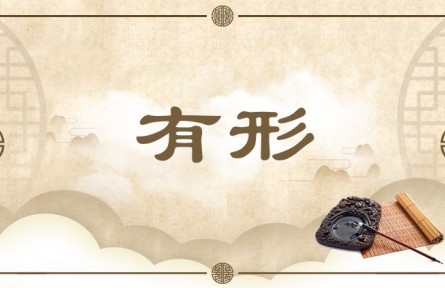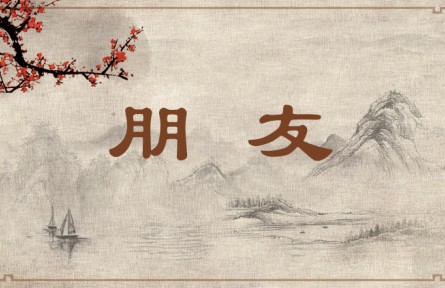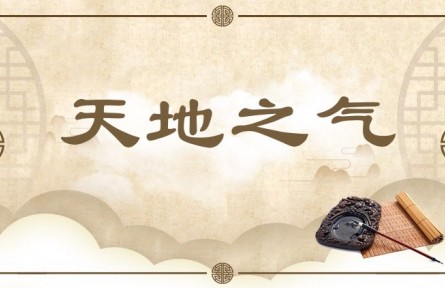比显兴隐 Make Analogy Explicit and Association Implicit

“比”显豁而“兴”隐约。“比”与“兴”都源于《诗经》的六义。“比”是用一种事物比拟另一种事物,其目的是更好地传达思想情感,让人更透彻地知晓意思。因此,两种事物之间的相似特征应明确清晰、意义显豁,这样才容易被理解,否则就失去了“比”的意义。“兴”虽然同样由此及彼,但二者之间的关系是朦胧隐微的,由情感、韵味、氛围等形成内在的关联,没有明确的逻辑理路可寻。“比显兴隐”适用于诗歌创作,其中,“比”是切近的、明显的,使意义明白晓畅;“兴”则是深远的、隐蔽的,使审美韵味悠长。
Analogies in a literary work should be conveyed clearly, and associations, subtly. Examples of analogy and association were first found in the six basic elements of The Book of Songs. "Analogy" means comparing one thing to another in order to better express one's feelings and thoughts, thus making oneself more thoroughly understood. With this in view, similarities between two things should be made apparent and exact; otherwise, carrying out a comparison would become meaningless. "Association," too, compares one thing to another, but such a link is indirect and nuanced, created by an inner combination of sentiment, charm and atmosphere, without a traceable cause or logic. The notion of explicit analogy versus implicit association is widely applied to poetry creation. Specifically, analogy is adjacent, obvious and easily intelligible, whereas association is profound, covert and aesthetically pleasing.
例句 Citations:
◎《诗》文弘奥,包韫六义,毛公述传,独标“兴”体,岂不以“风”通而“赋”同,“比”显而“兴”隐哉!(刘勰《文心雕龙·比兴》)
《诗经》中的作品宏大深奥,包含风、雅、颂、赋、比、兴六义。毛亨、毛苌为《诗经》作传,唯独标注了“兴”。难道不是因为“风”意义晓畅而“赋”铺陈直接、“比”显豁而“兴”隐约吗?
Poetic works in The Book of Songs have both width and depth. They are represented by six basic elements: ballad, court hymn, eulogy, narrative, analogy and association. Mao Heng and Mao Chang, in interpreting The Book of Songs, singled out association for extra explanation. Isn't that because ballads are simple and crude, narratives are direct, analogies are obvious but associations obscure? (Liu Xie: The Literary Mind and the Carving of Dragons)
◎叙物以言情谓之赋,情物尽也;索物以托情谓之比,情附物者也;触物以起情谓之兴,物动情者也。(胡寅《致李叔易》引李仲蒙语)
描述事物以表达情感称为“赋”,“赋”对情感和物象的描写都很充分;寻求借助事物以寄托情感称为“比”,“比”的特点是情感须要依附某种物象;遇到某物偶然产生某种情感称为“兴”,“兴”的特点是物象激发情感。
Narratives express inner feelings through describing external things; they give full expression to both feelings and objects. Analogies embody feelings in objects and attach feelings to objects. Associations are created through external things one sees by chance; in an association, feelings are inspired by objects. (As quoted in Hu Yin: A Letter to Li Shuyi)
推荐:教育部 国家语委
供稿:北京外国语大学 外语教学与研究出版社
责任编辑:钱耐安





